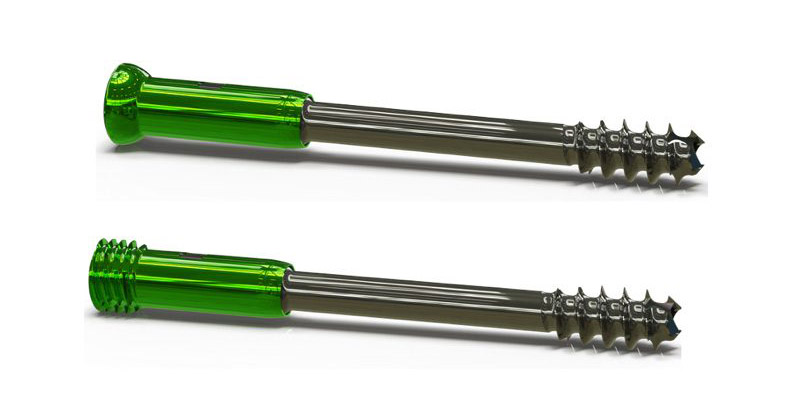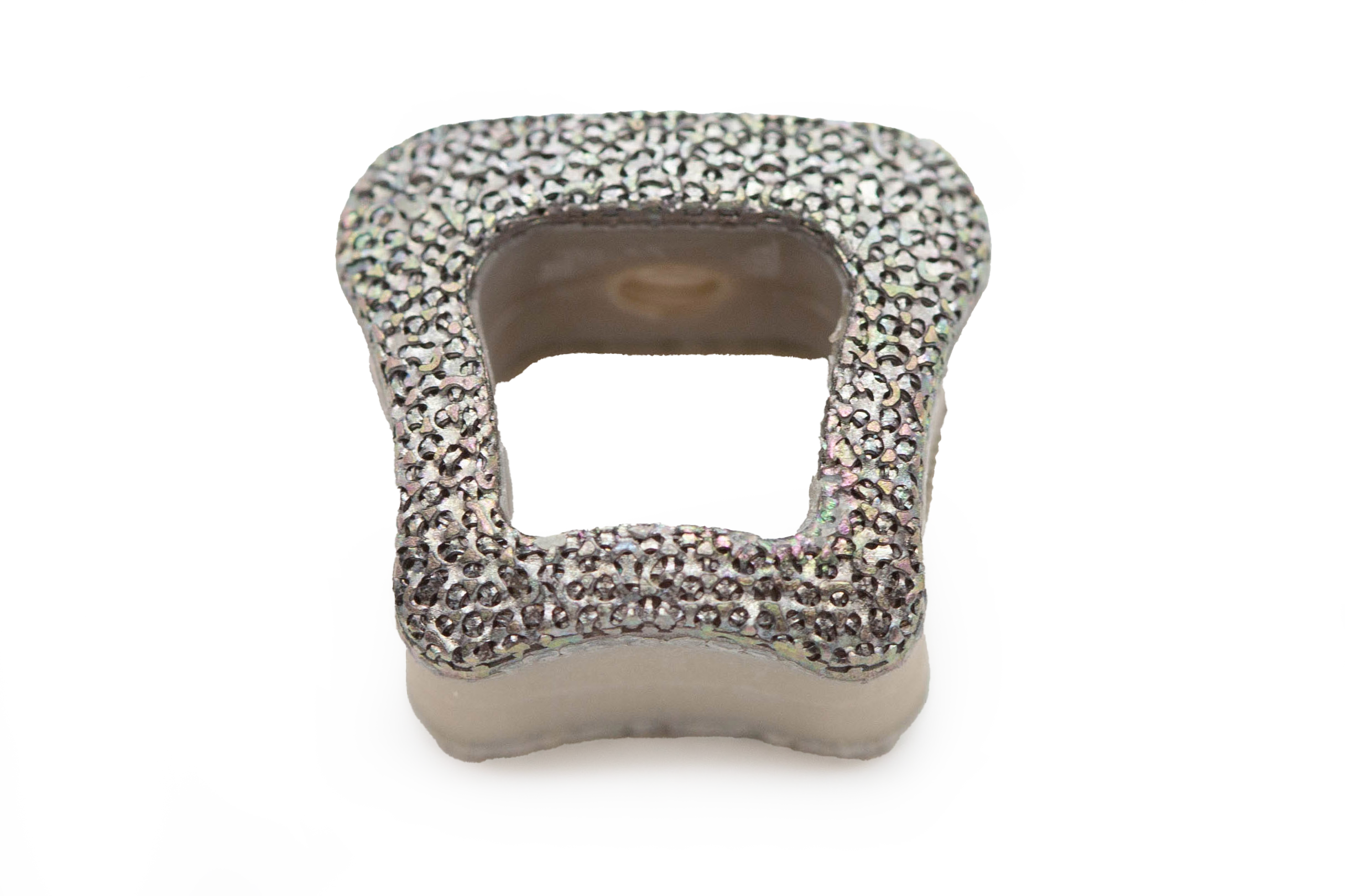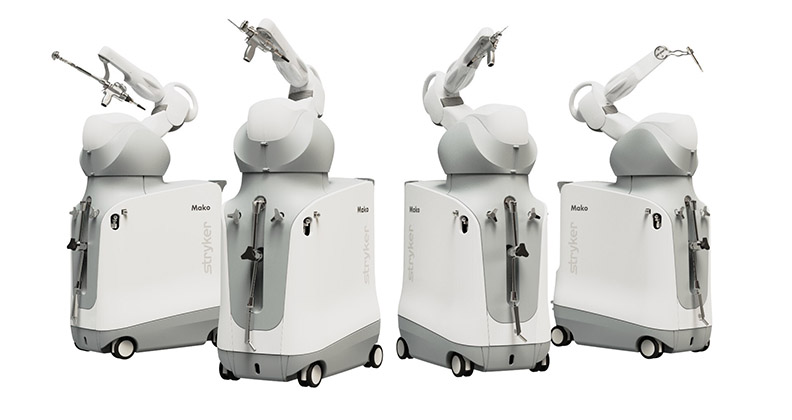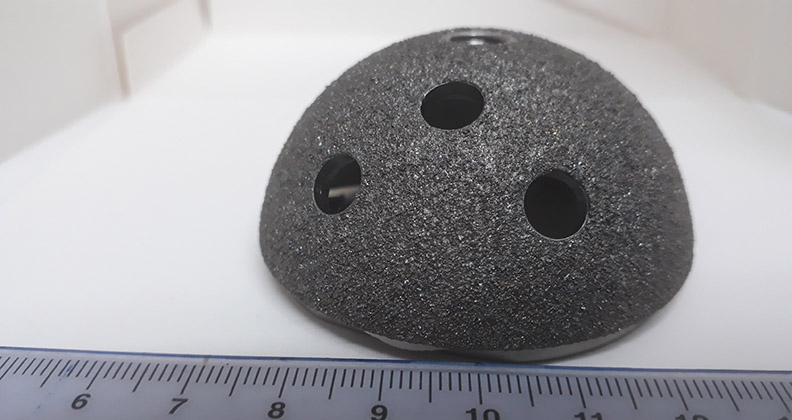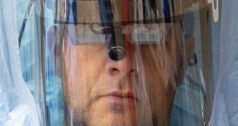
The “if it ain’t broke, don’t fix it” adage works well in most scenarios, but shouldn’t apply when patient outcomes are in play. Hip replacement surgery is far from broken. About 400,000 hip replacements are performed in the U.S. each year, and 90% to 95% of the procedures effectively relieve the joint pain that caused patients to undergo surgery. Just because the procedure’s overall results are excellent doesn’t mean orthopedic companies and surgeons should stop striving to fix what could go wrong.
“Thanks to improved implant designs, the incidence of gross device failure has significantly decreased,” said Michael J. Taunton, M.D., Program Director of Adult Reconstructive Surgery, Lower Extremity at the Mayo Clinic. “Still, there are critical factors that need to be managed to reduce complication risks.”
Preventing Potential Problems
Dr. Taunton said that efforts to improve upon a largely successful surgery should focus on reducing the risk of post-op complications and improving surgical efficiencies as more procedures move to ambulatory surgery centers. The American Academy of Orthopaedic Surgery (AAOS) reports that 51% of hip replacements will be performed as outpatient procedures by 2026.
Post-op infection remains a serious concern, and the efficiency of the surgical process can impact infection rates. “Every additional minute in the operating room increases the risk of early, acute infection,” Dr. Taunton said. “Increased damage to tissue, muscles and skin around the hip also heightens infection risk. Solutions that help surgeons perform minimally invasive surgery more efficiently help address these issues.”
Joint dislocation is another concerning complication. Dr. Taunton said the risk of dislocation after hip replacement surgery can be as high as 4% and noted that it jumps to 25% in revision surgery.
“Patient falls and other factors can cause joint dislocation, but implant positioning is a crucial factor in keeping joints intact,” he added.
Dr. Taunton said fractures — particularly those occurring within 90 days of surgery — are influenced by implant placement, especially on the femoral side.
During hip replacement surgery, surgeons prepare the hip socket for placement of the acetabular component. The socket must be impacted correctly into the bone and at the correct angle within the pelvis to reduce the risk of post-op dislocation and fracture.
The optimization of implant placement is multifactorial, according to Dr. Taunton. “It involves surgical technique, visualization and the specifics of implant design,” he said. “Complications are more likely to occur if the acetabular cup is not properly positioned. Additionally, spending extra time adjusting the cup’s positioning and retesting its stability can prolong the procedure.”
Augmented reality (AR)-based navigation, which overlays clinical information directly in the surgeon’s field of view, helps to improve surgical efficiency by displaying the specific angles that lead to exact implant placement. This eliminates the need for surgeons to look at another monitor or make repeated adjustments while inserting the implant.
“AR reduces our cognitive load by providing immediate and precise information, ensuring that the implant is positioned correctly without unnecessary distractions and repeated maneuvering,” Dr. Taunton said.
Restoring Natural Anatomy
AR’s computer navigation system and cameras are integrated into a surgeon-worn headset to reduce equipment clutter around the sterile field. Surgeons use the system’s controls to select the procedure, side, surgical approach and optimal bone cut positions. They register the cut positions on the pelvis and a point on the femur to allow for precise measurements of the joint.
During surgery, surgeons need to create proper tension in the joint’s soft tissues and restore the leg to its correct position and length. “Our goal is to recreate the hip’s normal anatomy to prevent post-op dislocation, fractures and issues related to significant post-op pain,” Dr. Taunton said.
Surgeons need to restore the leg to its original length by tensing the joint’s soft tissue appropriately. They can determine how much the leg needs to be lengthened based on preoperative imaging and use that information to establish a surgical plan.
“During surgery, AR provides surgeons with specific leg measurements when the trial implant components are placed, allowing them to change the positioning of the components to ensure the leg is restored to the correct length before proceeding with securing the final implant’s components,” Dr. Taunton said.
Improved Access
The Google-based software that runs the ARVIS AR platform that Dr. Taunton uses is based on smartphone technology.
“Most traditional navigation systems require a significant setup, including a large computer system and arrays housed on a stand, which takes up a large footprint in the operating room,” he said. “With AR, the computer system is in the phone that’s hooked to my waistband, and the arrays, cameras and display monitors are built into my helmet. The integration of technology is so seamless that I hardly notice it.”
The AR headset wirelessly transmits the images that Dr. Taunton sees to the monitors in the operating room, allowing surgical team members to coordinate the next steps of surgery based on his progress.
Additionally, he can easily move from one O.R. to another and reconnect in the new location without additional setup time, making the transition between cases smooth and efficient.
Dr. Taunton appreciates that AR doesn’t change his preferred surgical workflow. “I perform the procedure exactly as I would without the additional technology, making the process more efficient without altering my usual approach.”
Moving traditional surgical robots and navigation systems between facilities — or even operating rooms — is a complex and cumbersome process. In contrast, surgeons who use AR need to grab only a smartphone, battery pack and helmet display when moving from facility to facility. This portability allows companies that offer AR to quickly deploy the technology to various customers and facilities.
“Robots are limited in availability due to their space requirements and high costs,” Dr. Taunton said. “AR allows companies to introduce advanced navigation in areas where it would be difficult for robots to reach. In Europe, where reimbursement and cost structures are challenging, this technology can help drive growth in advanced surgical methods.”
As enabling technology advances and continues to become streamlined, Dr. Taunton believes surgical outcomes will improve because the tools will be more accessible and democratized. AR is at the forefront of that movement and holds the promise of significant innovation in joint replacement surgery. Outcomes that are already great could get even better.
DC
Dan Cook is a Senior Editor at ORTHOWORLD. He develops content focused on important industry trends, top thought leaders and innovative technologies.

